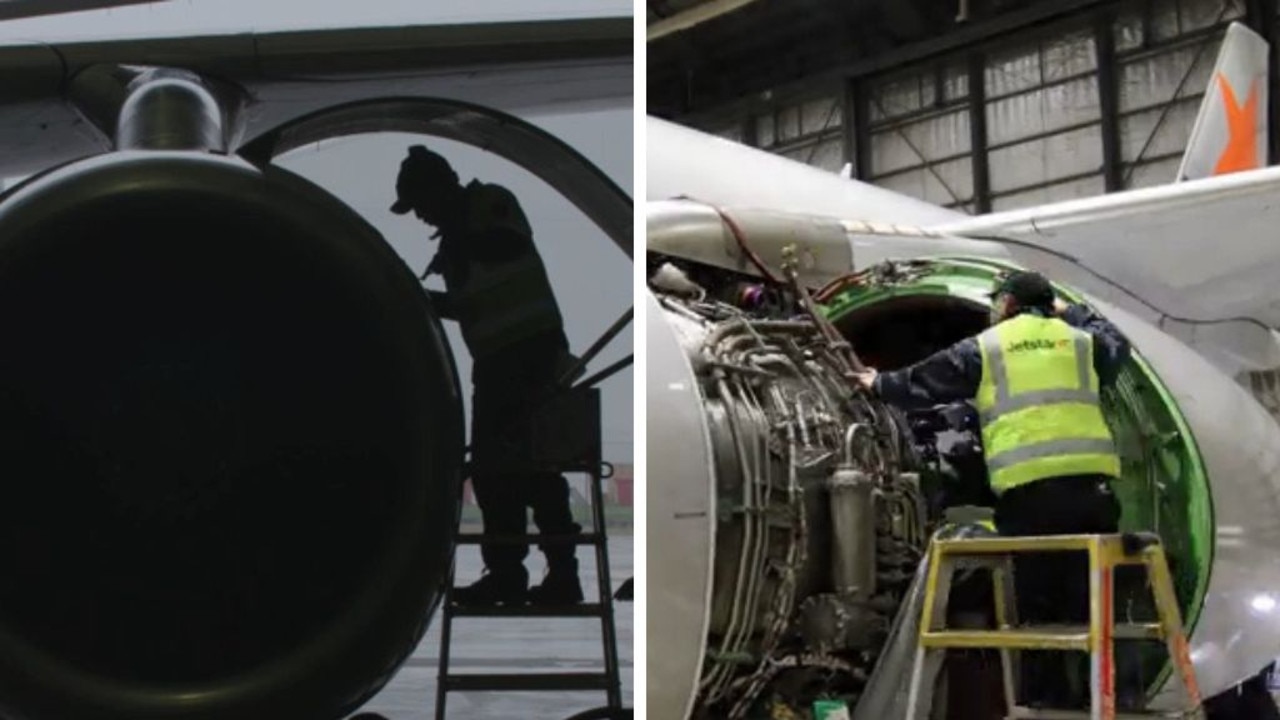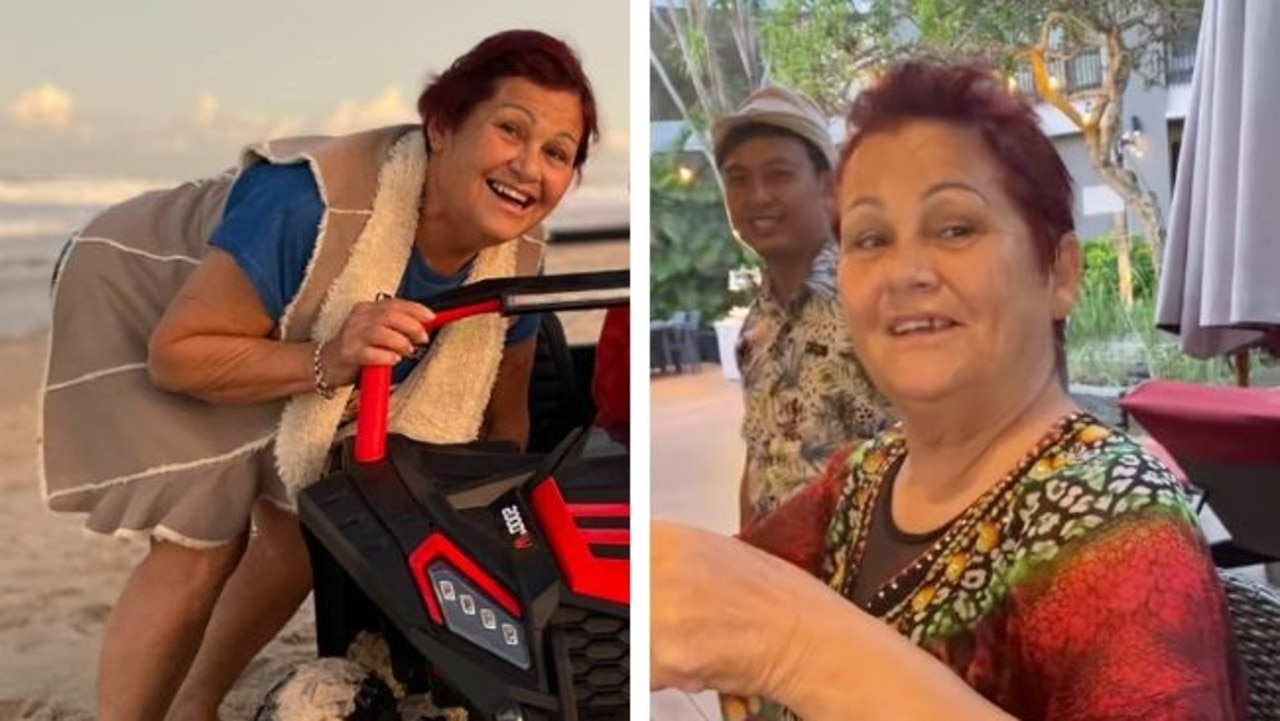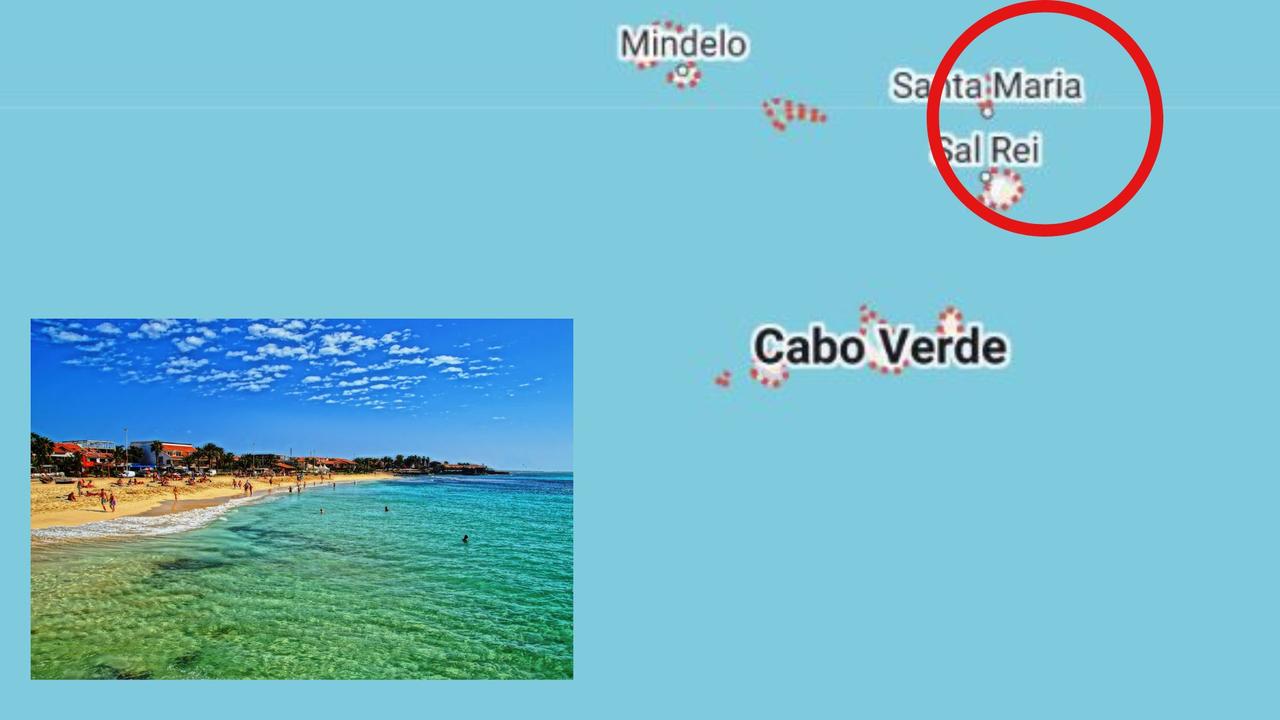Australian government won’t help tourism industry if state borders are closed
As harder borders continue to be enforced across the country, the Queensland Premier says she will keep her state shut.

Queensland Premier Annastacia Palaszczuk says she will keep her state’s border closed for “as long as necessary” as NSW and Victoria continue to battle with community transmission cases of COVID-19.
In a post on Twitter, Ms Palaszczuk reported Queensland had recorded no new cases of the virus, while NSW had 12 cases and Victoria recorded a big drop in cases today with 278 new infections and eight deaths.
Queensland's borders will stay closed as long as necessary. #covid19au pic.twitter.com/O6eez4RGWq
— Annastacia Palaszczuk (@AnnastaciaMP) August 13, 2020
But the drop in cases from both states won’t be enough for the Queensland leader to float a reopening, after the state closed its border with NSW on August 8.
“The danger is still on our doorstep,” Ms Palaszczuk posted. “As of this morning, New South Wales had 297 active cases after an additional 96 cases in the past week.
“Queensland isn’t taking any chances … our borders will remain closed for as long as the risk remains.”
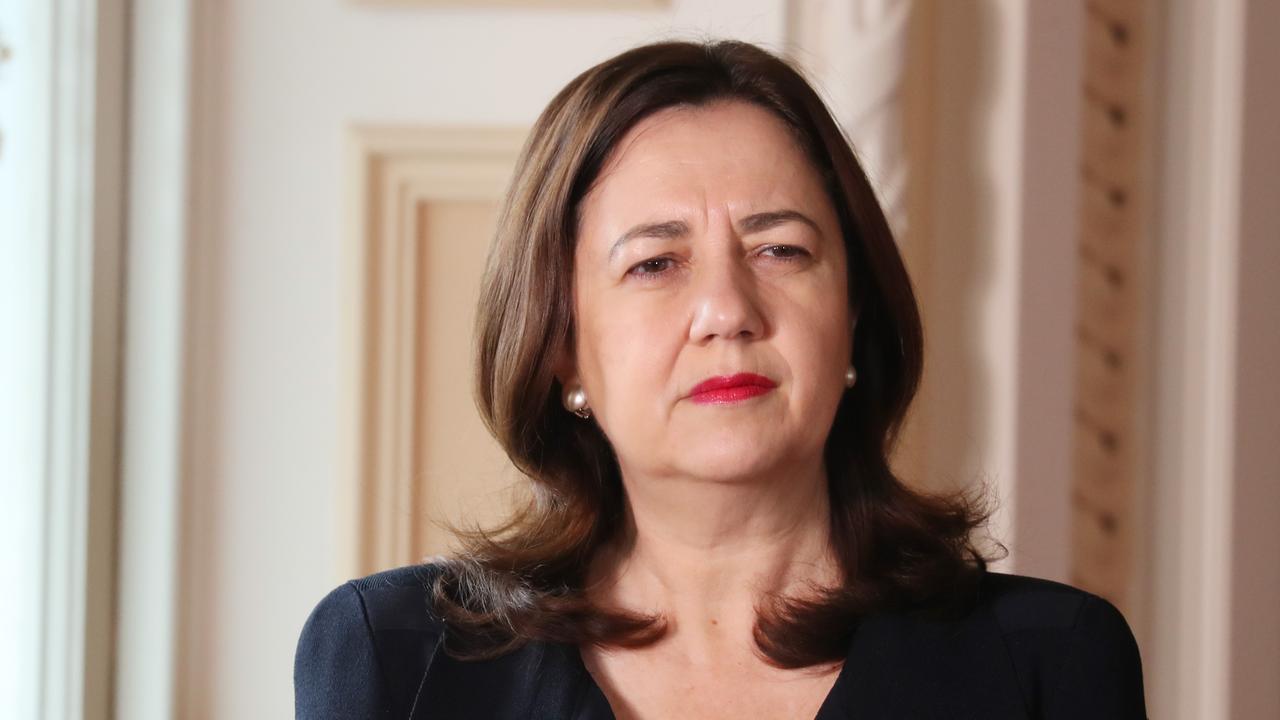
Meanwhile, South Australia’s Minister for Health and Wellbeing Stephen Wade has defended the state’s decision to shut-out border towns preventing residents from crossing the border, despite communities saying they will be left “devastated” by the new restrictions.
Those who live in Victorian border towns will be stopped from entering South Australia from August 21, with only “essential workers” and school students in Year 11 and 12 being exempt.
From late next week, shopping and getting medical care would no longer be considered legitimate reasons to enter from a Victorian border town.
SA Police Commissioner Grant Stevens announced the decision earlier this week, and while he acknowledges the new measure will have “an impact on close border communities”, the decision is a “critical step to ensure the safety of the South Australian community”.
The decision comes as Victoria continues to battle large numbers of COVID-19 cases across the state.
RELATED: Victoria sees massive drop in cases
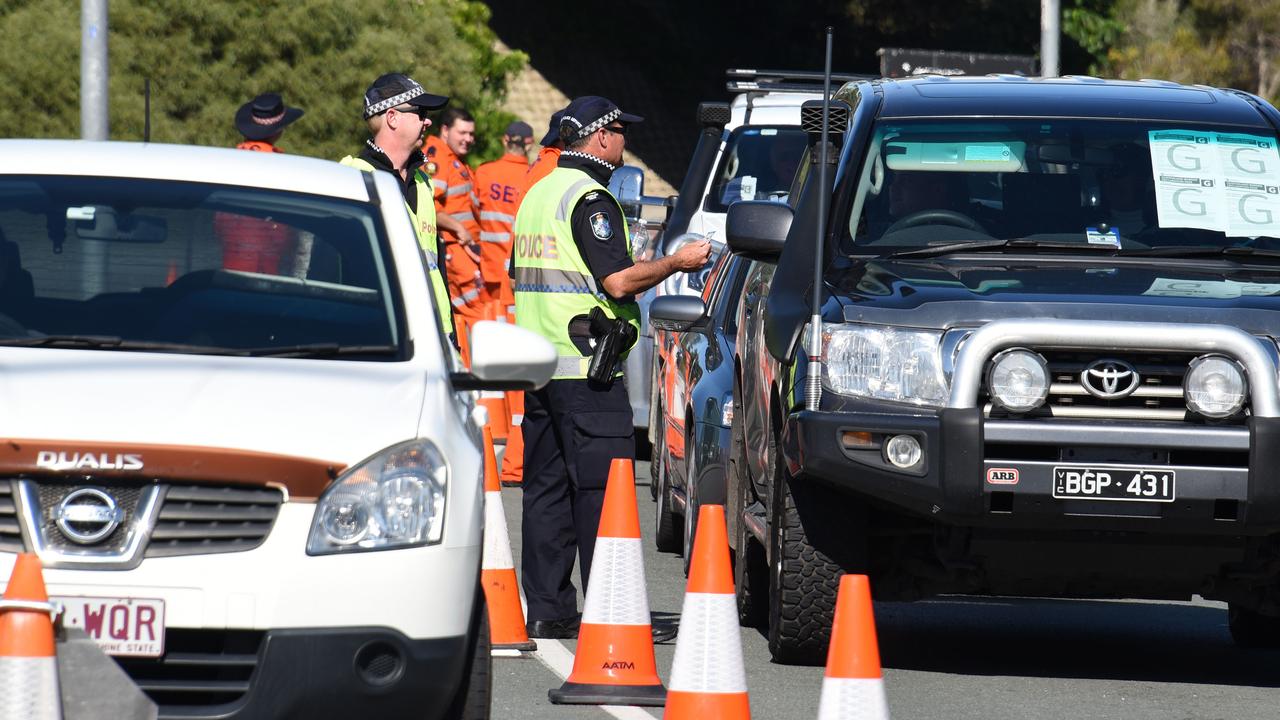
RELATED: NSW records new COVID-19 death
Appearing on ABC Breakfast on Thursday, Mr Wade defended his state’s decision, saying it was “offensive” for people to suggest the decision was politically motivated.
“We have 500 cases in Victoria … We have 14 cases literally on the border,” he said.
“I see this as a bushfire that is producing spot fires in regional Victoria. We have a fire break in terms of border controls. We have no cases west of the border. Now is the time to act.
“We are sympathetic to the disruption to people across Victoria and SA, in terms of these cross border restrictions. That is why we have left them as light as we could for
as long as we could. Now that we have active cases right across the western border, we need to increase the restrictions. I find that (politically driven suggestion) offensive. These measures are fundamentally driven by our public health officers.”
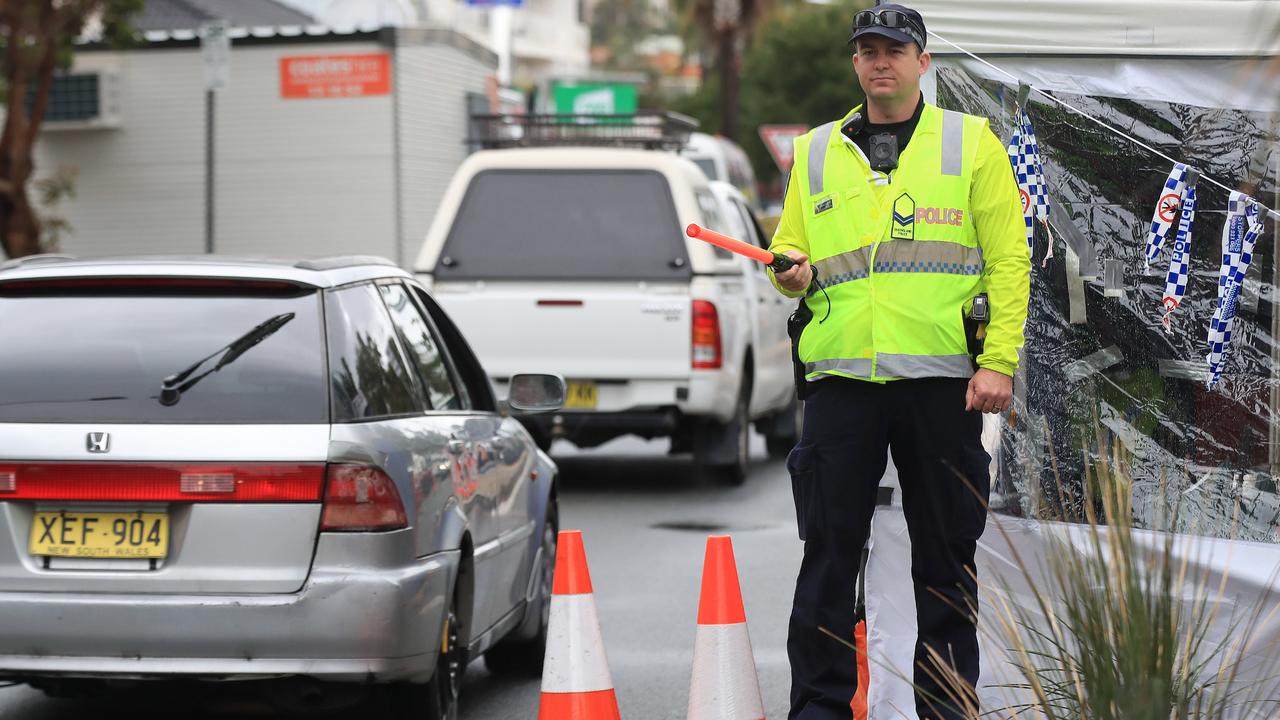
South Australia’s hard border decision comes just days after Northern Territory’s Chief Minister Michael Gunner announced that elements of their hard border restrictions could be in place until 2022.
Western Australia’s Premier Mark McGowan has also pointed to lengthy border restrictions, suggesting that his state will stay closed for months until other jurisdictions eliminate community transmission.
Speaking to The Sydney Morning Herald , Federal Tourism Minister Simon Birmingham said that any state or territory leader pursuing lengthy border closures should not expect further financial assistance from the government, given the already billions put towards the JobKeeper scheme.
“The Federal Government has stepped up our support for the tourism industry, including the extension of JobKeeper and cash payments to businesses of up to $100,000, giving hundreds of thousands of tourism businesses a lifeline to help them get through the COVID-19 crisis,” the Minister said.
“State border restrictions need to be proportionate to the health risk and shouldn’t remain in place for one more day than they need to.
“If a state or territory border were to remain closed to a jurisdiction that had successfully suppressed the spread of COVID-19, then that state or territory government will need to be accountable to their tourism industry and will ultimately need to provide additional support.”
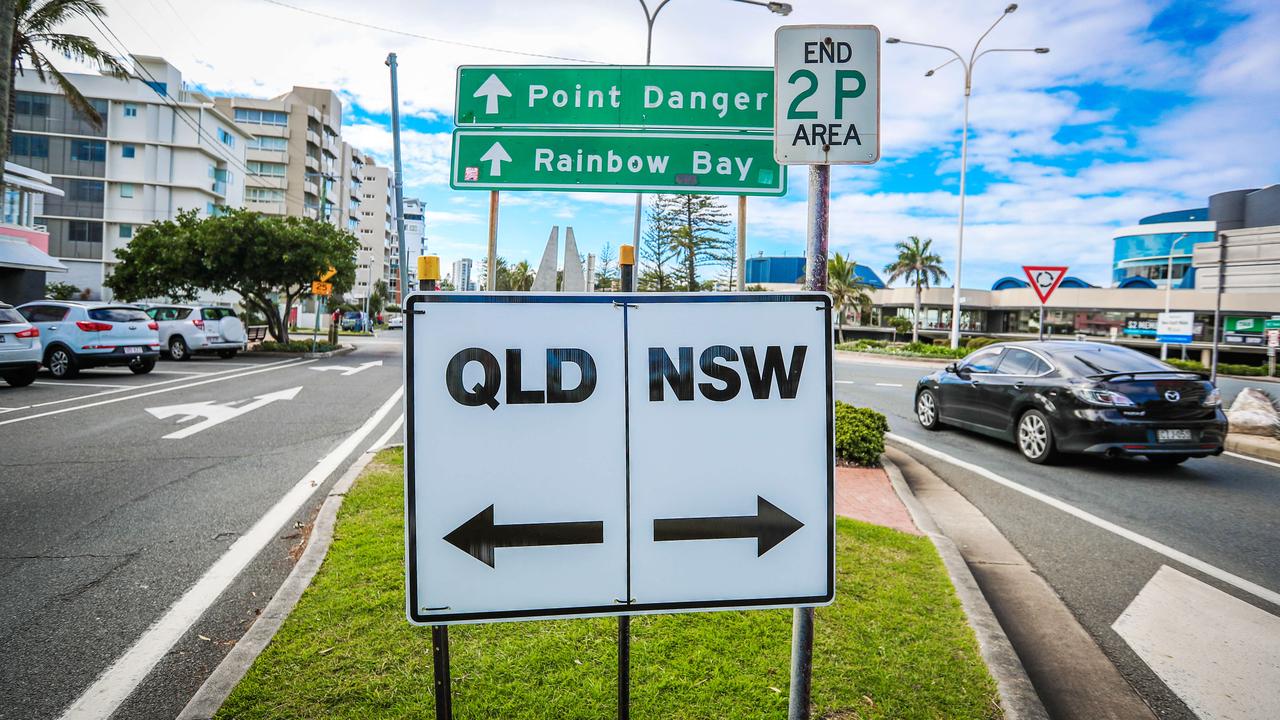
Australian Tourism Industry Council’s executive director Simon Westaway, said the opening and closing of borders is simply causing a multimillion-dollar “handbrake” on tourism.
“Now appears a genuine disconnect around how various governments are approaching what one hopes is a future pathway to reopening our internal borders,” he said.
Mr Birmingham said that while the federal government had provided hundreds of thousands, I support of the tourism industry throughout the pandemic, the priority for state and territory leaders should be to allow Australians to travel to COVID-safe areas across the country.
“With our international borders expected to remain closed for the foreseeable future, our priority right now is getting Australians travelling to parts where we have successfully suppressed the spread of COVID-19,” Senator Birmingham said.
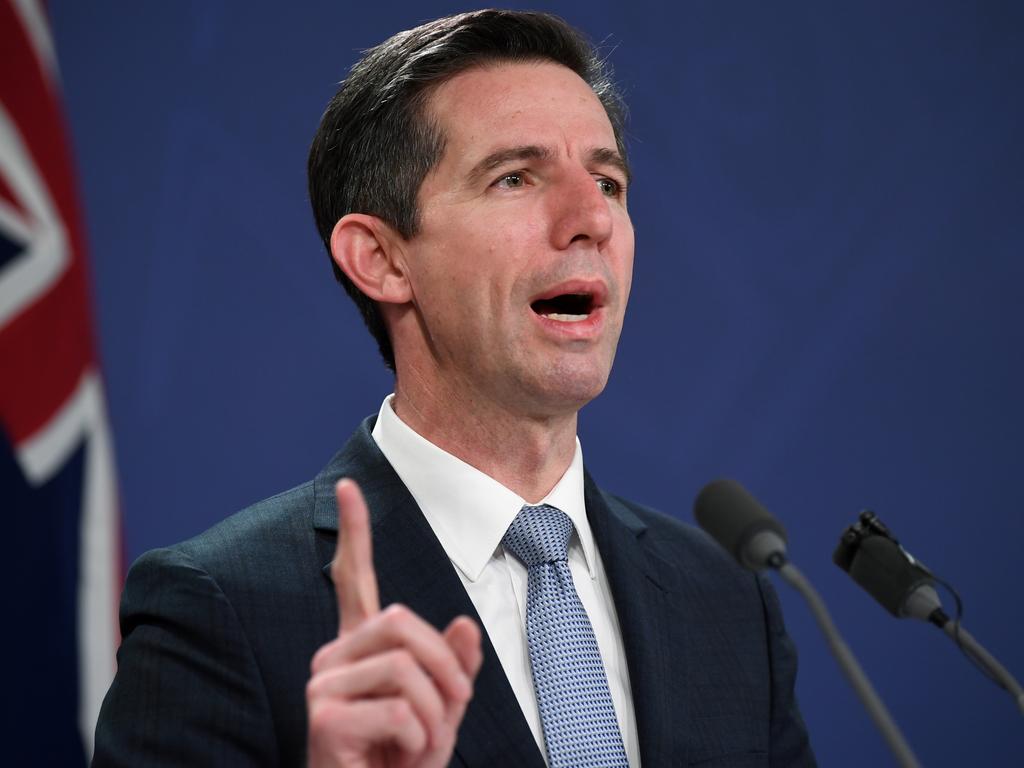
Deputy chief medical officer Professor Michael Kidd sat on the fence when questioned about the on border disputes, saying that while community transmission exists – it is “sensible” for states and territories to enforce stronger border restrictions.
“It is sensible that we are restricting the movement of people from areas of community transmission to the rest of the country,” he said on Channel 9’s Today show on Thursday.
“We know if we allow that to happen, we are going to see community transmission appearing in other parts of the country. The decisions about border restrictions or border closures are a decision for each of the jurisdictions.”


